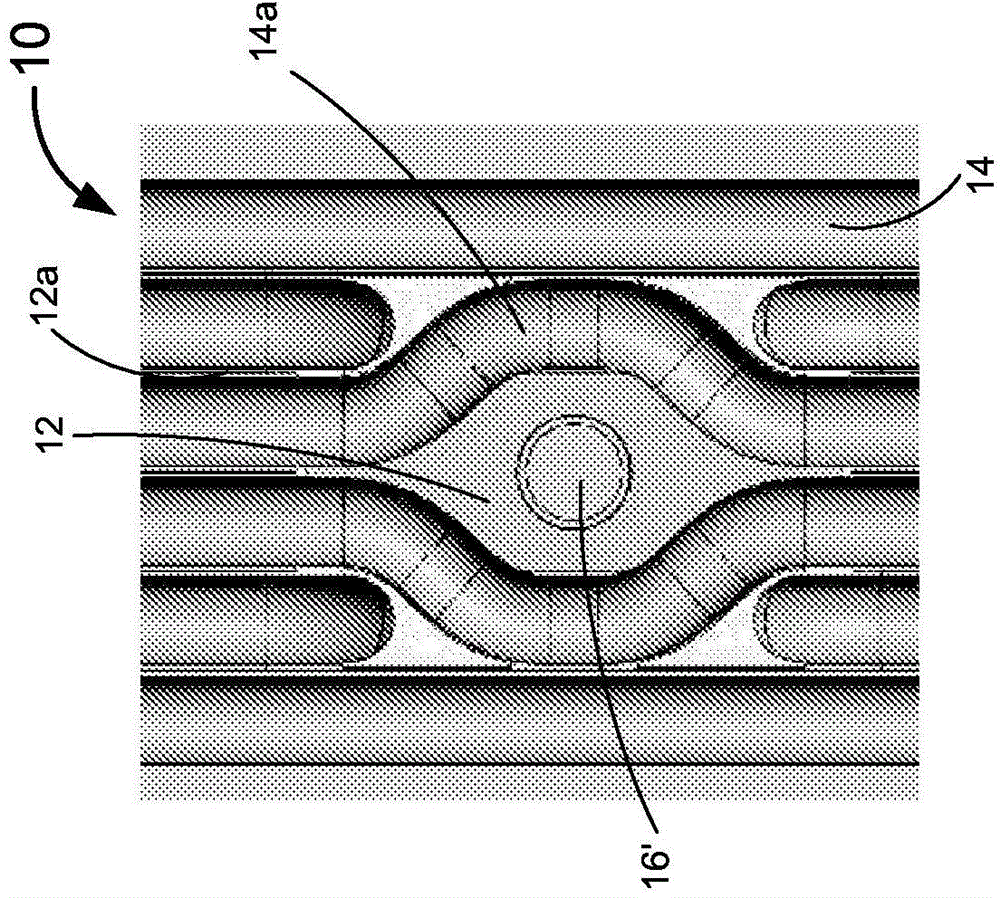In-furnace retro-reflectors with steerable tunable diode laser absorption spectrometer
A retro-reflection, optical device technology, applied in the field of internal combustion characteristics, which can solve the problems of limited practicability of traditional systems
- Summary
- Abstract
- Description
- Claims
- Application Information
AI Technical Summary
Problems solved by technology
Method used
Image
Examples
Embodiment Construction
[0043] Unless otherwise indicated, all numbers expressing numbers of elements, dimensions, reaction conditions, etc. used in the specification and claims are understood to be modified in all instances by the term "about".
[0044] In this application and claims, the use of the singular includes the plural unless specifically stated otherwise. Also, the use of "or" means "and / or" unless stated otherwise. Furthermore, use of the term "including" as well as other forms such as "includes" and "included" is not limiting. Likewise, terms such as "element" or "component" encompass both elements and components comprising one unit and elements and components comprising more than one unit, unless specifically stated otherwise.
[0045] US Patent No. 7,469,092, the entire contents of which is hereby incorporated herein, discloses a method and apparatus for monitoring and controlling a combustion process of the type that requires installation of tube bends in the walls of the boiler in o...
PUM
 Login to View More
Login to View More Abstract
Description
Claims
Application Information
 Login to View More
Login to View More - R&D
- Intellectual Property
- Life Sciences
- Materials
- Tech Scout
- Unparalleled Data Quality
- Higher Quality Content
- 60% Fewer Hallucinations
Browse by: Latest US Patents, China's latest patents, Technical Efficacy Thesaurus, Application Domain, Technology Topic, Popular Technical Reports.
© 2025 PatSnap. All rights reserved.Legal|Privacy policy|Modern Slavery Act Transparency Statement|Sitemap|About US| Contact US: help@patsnap.com



